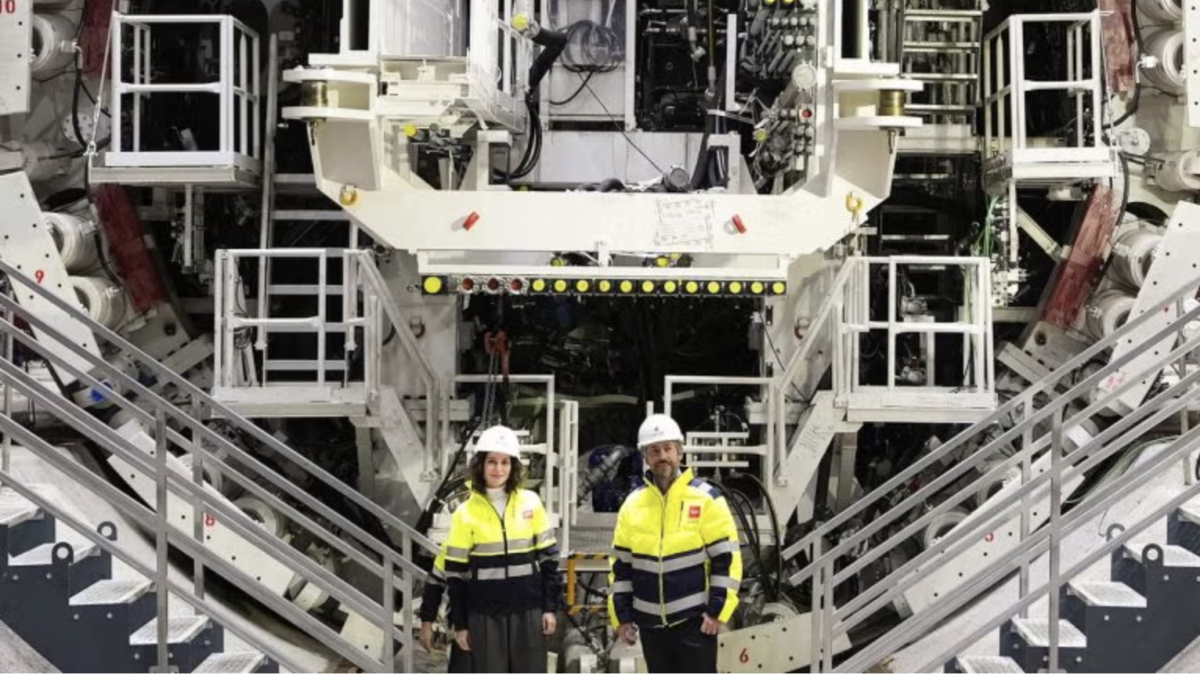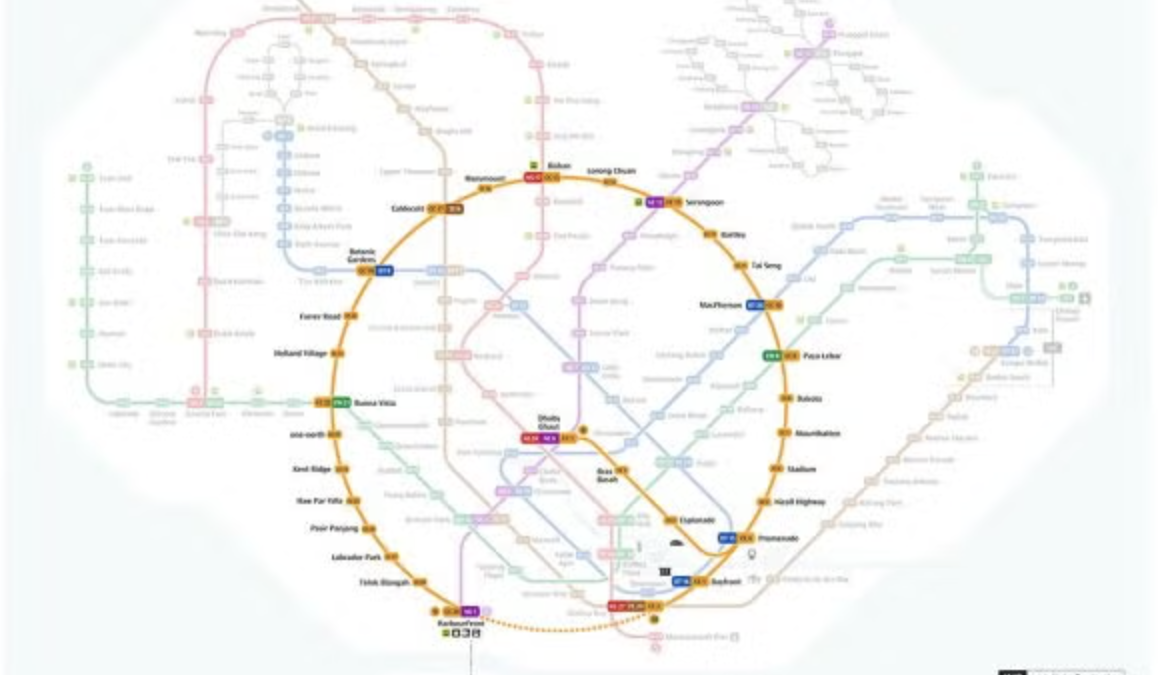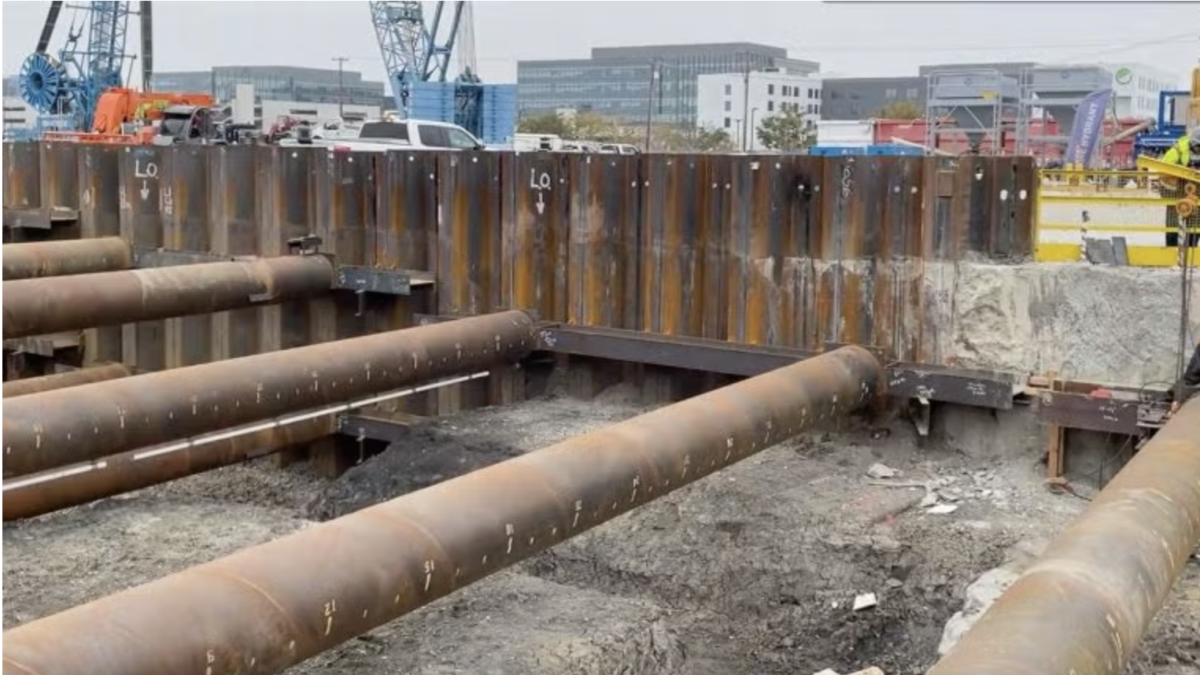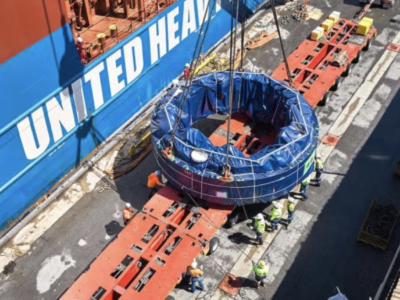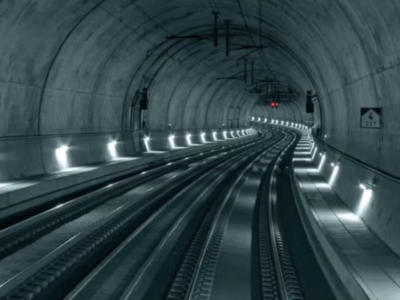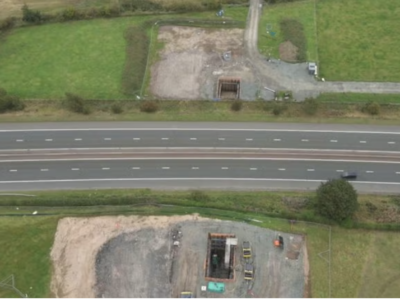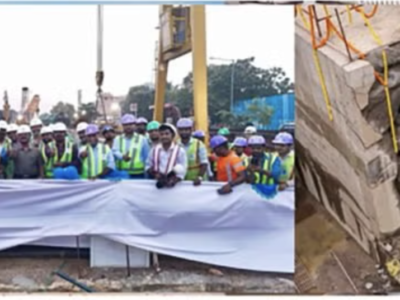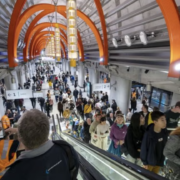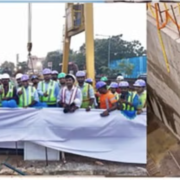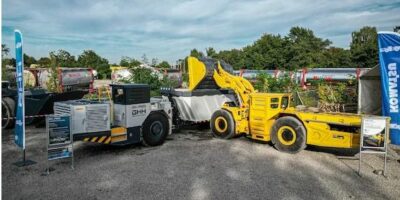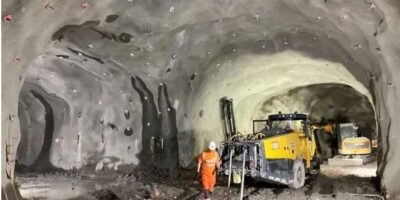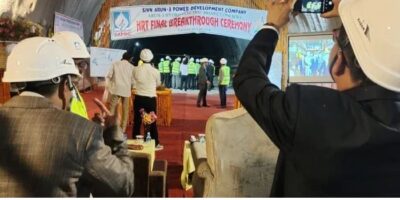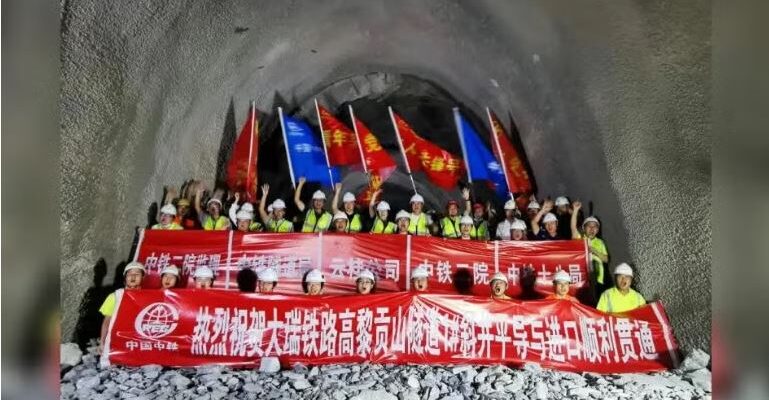
Considering that the geological challenges, underground water, and dense vegetation, are the problems of the construction of the Gaoligong Mountains Tunnel that is a 34.5km project on the Dali-Ruili railway in Yunnan province, the Chinese government is advancing this project.
Linking Nujiang Station and Longling Station, this tunnel will be a part of a broader effort to enhance railway connectivity in the region.
Following completion of the connection between the small-mileage parallel adit for the inclined shaft and the tunnel entrance,the China Railway Tunnel Group, which is a subsidiary of China Railway Group (CREC), achieved a construction breakthrough on 30 July 2021.
As a key step in advancing the China-Myanmar international railway, a segment of the Pan-Asia railway network under the Belt and Road Initiative, this development resolved issues related to reverse-slope drainage in the longest inclined railway shaft, as CREC stated.
Involving passage through 19 active fault belts and complex geological conditions, ranking among the most technically demanding tunnel developments globally, the Gaoligong Mountain Rail Tunnel is the first large-scale tunnel to pass through the Hengduan Mountains and with 3.8 km tunnel inclined shaft it is said to be the longest in China.
Decreasing travel time between Kunming, the capital of Yunnan province, and Ruili from nine hours to five, as well as improving transport efficiency in the region, will be the advantages of the Dali-Ruili railway after operational.


